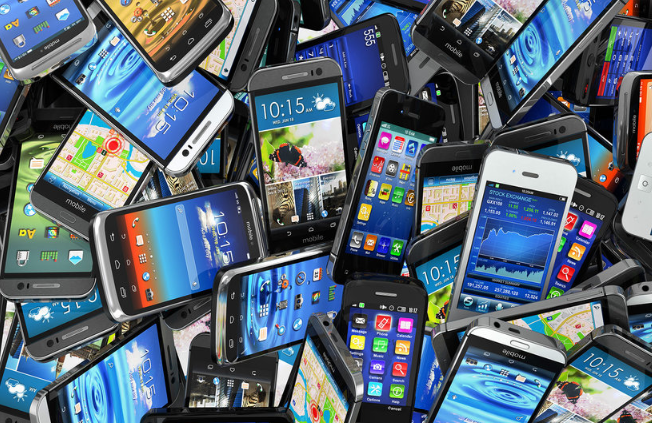The MST Reader is a series of overviews of interesting and timely topics that affect our world.
The MST Reader: COVID-19 and the Accelerated Online Migration
Since the advent of the World Wide Web in the early 1990’s, humanity has been steadily taking its business online. The dot-com boom and bust of the late 90’s was a part of this process, as business and tech teamed up to speculate on which industries would thrive online.
When the iPhone unleashed the smartphone era in 2007, the Web came to our phones and that convenience facilitated the next surge in e-commerce, changing the way the world shops for almost everything, from rides to real estate. Whatever you can think of, there’s an app for that.
This was a tidal wave of a change even before COVID-19, but now that we’re deliberately limiting our in-person contacts, our rush to interact with the world through our phones has accelerated.
While many stocks stumble, Amazon’s soars, not surprising in a world that has been staying at home for months. Food delivery services have become even more of a staple than they were before, and restaurants that didn’t specialize in delivery have pivoted to adapt.
Some local businesses that relied on in-person transactions and didn’t own their own e-commerce interfaces now struggle with the deep cuts that third-party delivery systems take. Businesses without strong websites can’t put off investing in them any longer.
Increased use of alternate mobile payment options are one of the major trends identified by Forbes in a recent article, as even credit cards can be cumbersome in an online environment when compared to systems that were designed for that space, like PayPal, Apple Pay and others.
Our socializing is moving online as well, from chat to dating — it’s nothing new, but it’s more now as our norms shift to the virtual more quickly than we’d expected.
And, of course, people are working from home more than ever before, disrupting commuting patterns and jumpstarting widespread adoption of video chat and conferencing platforms.
Whatever the resolution to COVID-19 turns out to be — even if there is a time in the middle future when we can all stand around in crowded rooms with strangers — these changes are unlikely to come undone, at least not wholly, since they’re part of long term trends of digitization that already existed.
We may look back on this period as a sudden phase-shift to a different way of living than what came before, one where the virtual world has become dominant over the physical.
Further reading:
COVID-19 and the Chinese economy:
